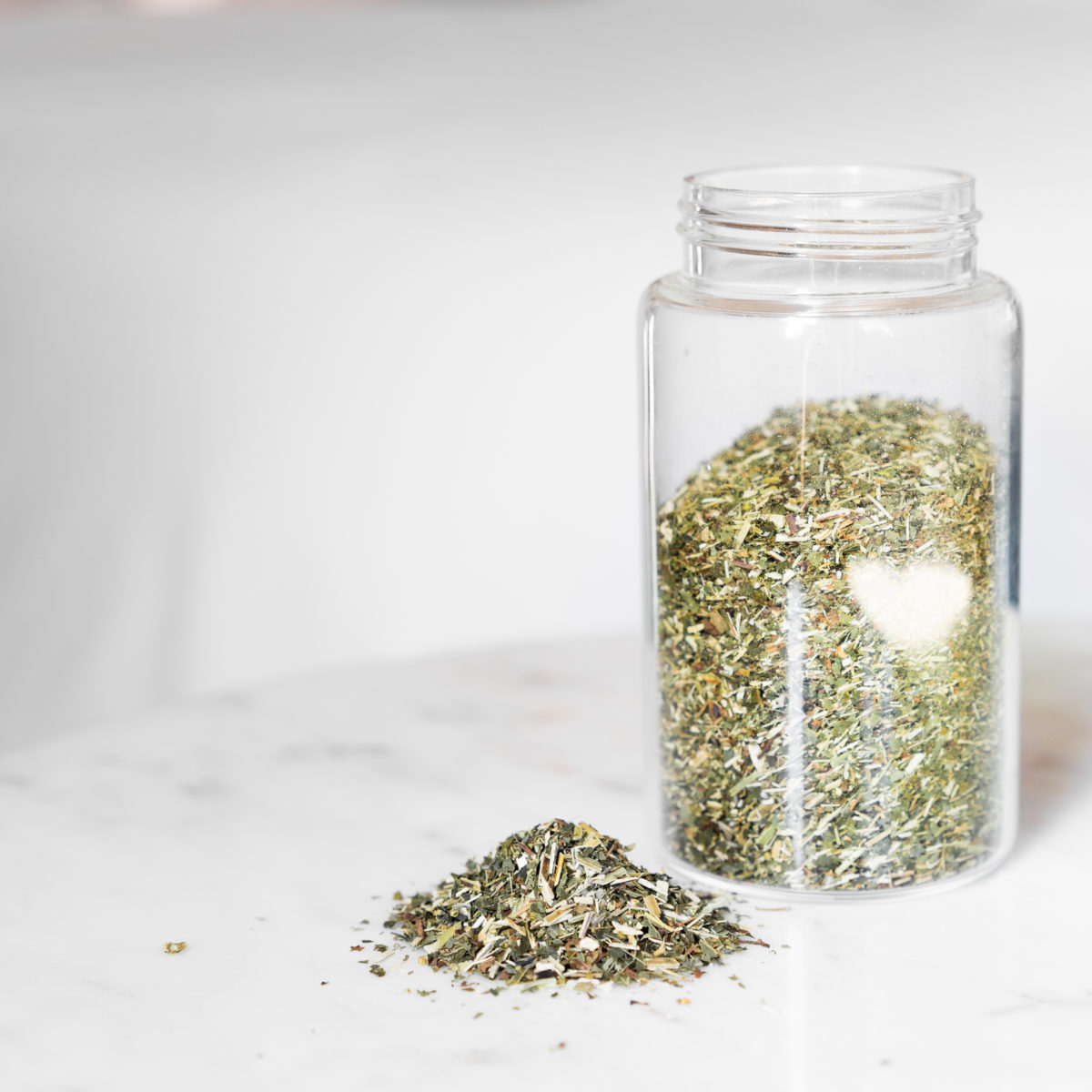
COMMON NAME (Chinese Name)
Meadowsweet (Xiu Xian Ju)
BOTANICAL NAME
Filipendula ulmaria
USES
Both oral and topical meadowsweet supplementation demonstrates significant anti-inflammatory properties. Given that these supplements also demonstrate anti-rheumatic, astringent, and analgesic properties (alleviating joint pain and stiffness, tightening tissues, and numbing), it’s no surprise that one of the most common anecdotal uses of meadowsweet is the treatment of painful inflammatory conditions. Another common historical use of meadowsweet is the treatment of ulcers — an effect that has been repeatedly supported (though not proven) by recent research. Similarly, another under-proven historical use of oral meadowsweet supplements is the gentle relief of diarrhea (good for children and people who are convalescing).
More recent research has also found that meadowsweet flower extracts, specifically, have drug-like anticoagulant properties. Likewise, the root extracts of meadowsweet plants demonstrate some unique effects, including more potent antioxidant and antimicrobial effects than the extracts of other plant parts. In Traditional Chinese medicine, meadowsweet is categorized as an herb that moves blood stasis. It is classified as cool, dry, bitter, and cool and primarily affects the Liver and Gallbladder meridians.
PREPARATION & ADMINISTRATION
Different parts of the meadowsweet plant — including the flowers, stems, and leaves — may be used separately for different supplemental needs. They are also commonly used mixed together. In either case, the most common preparations include hot water decoctions (making tea) as well as more concentrated alcohol- and aqueous-extracts.
When purchasing the dried plant parts for at-home decoction, it is important to be aware of the drying methods used; slower drying at lower temperatures better preserves the bioactive compounds found in the meadowsweet plant, making extracts more potent.
PRECAUTIONS
Meadowsweet derivatives contain compounds similar to aspirin. People who are allergic to aspirin may also be allergic or sensitive to meadowsweet supplements. You should also avoid taking meadowsweet supplements and aspirin at the same time, as doing so may increase the risk of liver damage.
There is little available information about the toxicity or contraindications for the use of meadowsweet supplements, especially under specific high-risk circumstances like during pregnancy. Anyone interested in taking meadowsweet or any other herbal supplement should consult with a physician, certified herbalist or other qualified healthcare professional.
REFERENCES
Abebe, W. “Herbal Medication: Potential for Adverse Interactions with Analgesic Drugs.” Journal of Clinical Pharmacy and Therapeutics, vol. 27, no. 6, 2002, pp. 391–401., doi:10.1046/j.1365-2710.2002.00444.x.
Harbourne, Niamh, et al. “Effect of Drying Methods on the Phenolic Constituents of Meadowsweet (Filipendula Ulmaria) and Willow (Salix Alba).” LWT – Food Science and Technology, vol. 42, no. 9, 2009, pp. 1468–1473., doi:10.1016/j.lwt.2009.05.005.
Katanić, Jelena, et al. “In Vitro and in Vivo Assessment of Meadowsweet (Filipendula Ulmaria) as Anti-Inflammatory Agent.” Journal of Ethnopharmacology, vol. 193, 2016, pp. 627–636., doi:10.1016/j.jep.2016.10.015.
Kudriashov, B A, et al. “The Content of a Heparin-like Anticoagulant in the Flowers of the Meadowsweet (Filipendula Ulmaria).” Farmakologiia i Toksikologiia, U.S. National Library of Medicine, 1990, www.ncbi.nlm.nih.gov/pubmed/2226759.
“Materia Medica.” Veterinary Herbal Medicine, 2007, pp. 459–672., doi:10.1016/b978-0-323-02998-8.50028-7.
Samardžić, Stevan, et al. “Antioxidant, Anti-Inflammatory and Gastroprotective Activity of Filipendula Ulmaria (L.) Maxim. and Filipendula Vulgaris Moench.” Journal of Ethnopharmacology, vol. 213, 2018, pp. 132–137., doi:10.1016/j.jep.2017.11.013.
Wynn, Susan G., and Barbara J. Fougère. “Veterinary Herbal Medicine: A Systems-Based Approach.” Veterinary Herbal Medicine, 2007, pp. 291–409., doi:10.1016/b978-0-323-02998-8.50024-x.

Comments (0)